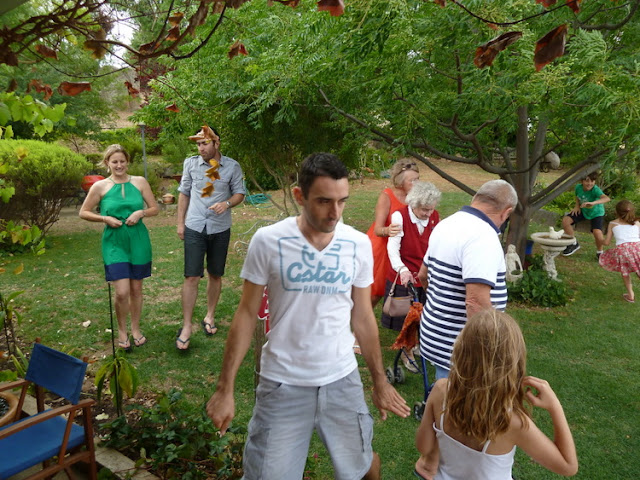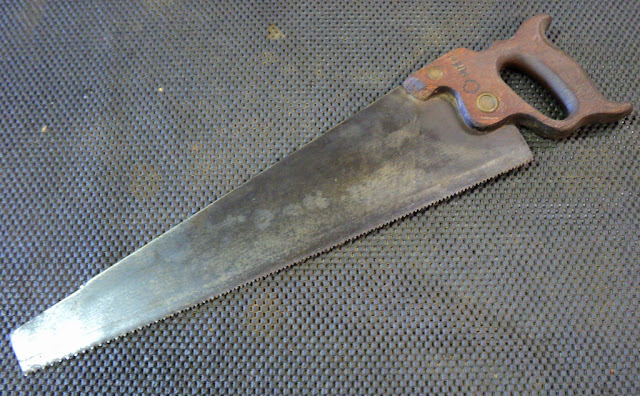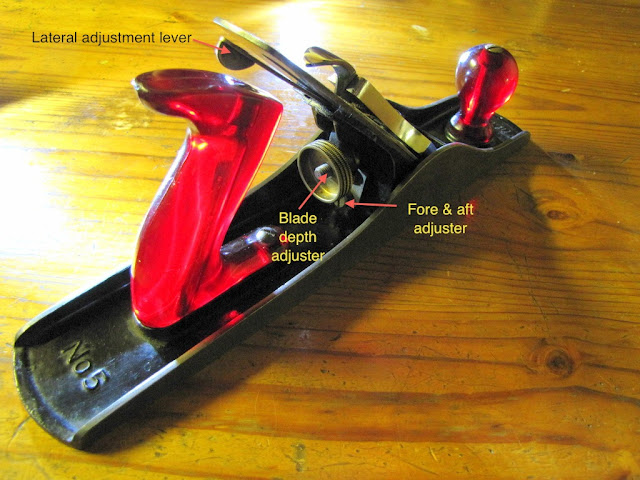Made in Australia until around 1970, Turner handplanes are an important part of our country's manufacturing heritage, and are still to be found at markets and online auction sites.
Along with Carter, Falcon Pope, Jas McLaren, McConnell and H E Watkinson, Turner manufactured metal bodied hand planes for a tool-hungry home market.
See Reference
Turners were different from their contemporaries, and deserve a closer look.
Turner made a host of different hand tools, but are best remembered for their range of handplanes. These included 220 block plane, and bench planes - numbers 4, 4-1/2, 5, 5-1/2, 6 and 7.
The block planes and the number 7 pictured here are not Turners, but are simply included to fill out the range.

The Turner 220 block plane was a clone of the Stanley 220, with a ruby cellulose acetate front knob instead of the beech version that the Stanley used. This was a useful and well made block plane, but may not have sold in large numbers - as it is extremely hard to find in the wild. Perhaps, unlike the other Turner handplanes, it did not offer anything over the Stanleys of its time. Perhaps these small planes were simply lost - bit of a mystery that one. The adjacent picture is courtesy of the
HTPAA website
The other Turner bench planes were all made in precisely the same manner, and they share two things in common - attention to detail, and quality control.
They are modelled upon the Stanley range of bench planes and share similar design features to the type 19's of the same period - 1948-1961.
Here is a Turner plane, as boxed, from the factory in Nunawading in Melbourne, Victoria.
Totes and Handles
The most obvious difference shown by the Turners was their ruby-red, cellulose acetate handles - advertised as
unbreakable in Turner marketing.
It was eye catching in hardware store displays, and drew plenty of attention away from the competition.
Wooden totes that had worked loose had a habit of cracking then breaking about two-thirds down their length. Interestingly, Turner marketed their handles as replacements for the timber handles of their competition, and hardware stores carried them as upgrades.
My first speargun carried a Turner ruby handle, procured from the local hardware store. Inverted and reversed, it was the perfect shape.
Of course, as Turner totes aged, the cellulose acetate became more brittle, and with loosening handle screws, pressure on the rear totes sometimes cracked and broke off the toe - just behind the front screw - on larger handles. So - not quite unbreakable.
Of note, is the fact that Turner number 4 rear handles were made in two types. One was secured only by the tote bolt that ran through the handle length, the other had a supplementary screw at the front - similar to the totes for the larger planes. I suspect that the two-screwed version was for the earlier number 4's, as they are less common. All Turner handles had a moulded seat on the bottom of the handle - that fitted into a recess in the cast iron base - for a secure fit.
Castings
The quality of the castings for the bases is another thing that impresses with the Turners. Made from high grade, stress relieved grey iron, the thicknesses of both bases and sidewalls, are uniform and nicely finished.
The sides are square to the bases and the bases are flat from toe to heel.
Turner never marketed a corrugated base version of their handplanes, something that Stanley USA and Sargent did to diversify their line. As far as I know, no Australian plane manufacturer offered a corrugated sole version as an option. No demand, probably.
The mouths are well machined and are square to the body, lining up nicely with the leading edge of the frog. The frogs are a work of art, and are an item that would not be out of place in 21st century precision manufacturing.
Frogs
The frogs are made from aluminium, and the finish is so good that each frog fits precisely onto the mating parts of the base. I have read somewhere, but can't verify it, that Turner frogs were injection moulded rather than cast. If so, then this would explain the precision of these finished articles.
Unfortunately, the frog is also the Turner's achilles heel.
Over-tightening of the lever cap set screw, can result in deformation of the frog and blade mating surface over time, stretching the top face into a convex shape that causes the blade to flex rather than mate perfectly flat. When buying a Turner, always check the frog and blade for any deformation of the frog. It will present as a gap at the side of the frog top near the lateral lever, between the frog and the blade.
Adjusters
The frog is equipped with three different adjusters - fore and aft adjuster for controlling the size of the mouth, lateral adjustment lever and depth adjuster for the blade.
The size of the mouth opening is set by loosening the two frog-to-base attaching screws, and winding the fore/aft adjusting screw at the rear base of the frog. Small mouth for fine shavings, larger mouth for thicker shavings.
The blade depth adjuster is linked to the blade and cap-iron via a cast yoke, which again fits precisely, leaving very little backlash in the large brass depth adjusting wheel. This is beautifully made, with four knurled rings for easy finger tip control of the blade depth. In my opinion, this is one of the best designed depth adjuster rings ever made for a Stanley-type plane, and is similar to - but better than - the
Stanley type 18 (1946-1947)
The lateral adjuster lever for the blade, also fits the slot in its matching blade with no slop or play, and allows precise setting of the blade edge to the timber.
Blade and Lever Cap
The Turner lever cap is based upon those of the
Stanley type 16 (1933-1941) and later. Incidentally, this was also the date for the introduction, by Stanley, of the frog design used by Turner as well.
Blades for early Turner handplanes were made by Erik Anton Berg in Sweden, and stamped with the Turner logo. These are highly sought after - even today, but set Turner apart as a premier hand plane manufacturer of its time, with a premium product. Later blades were made by Turner themselves, and were manufactured from high grade tool steel, that was hardness tested before leaving the factory.
All Turner blades are quality products that take and hold a keen edge.
In Operation
Turner hand planes are easy to set up and easy to use. They hold no vices in operation and produce excellent results. The only thing to be careful of is the state of the aluminium frog, which may have been stressed and deformed by over-tightening the lever cap screw. Apart from this, there is nothing to worry a Turner hand plane user.
Their attention to detail and use of quality components stood them in good stead in the Australian marketplace, and make them a popular collector's and user's plane even today. It is pleasing to know that our wonderful country was a producer of excellence in hand tool manufacturing in its past, and this can be a source of pride for anyone lucky enough to own a Turner hand plane.
One other aspect of Turner handplane manufacturing that would set them apart, is the possibility of being an exported handtool. I have read, but cannot verify, that Turners were exported to South America. Whether this is accurate or simply apocrypha, I cannot say, but they were well enough made to compete on an international stage, and enough of a threat for Stanley Titan to absorb them and close them down.
If you ever encounter one in the marketplace, it may well be worth the trouble to acquire.
............................ and happy shavings to all ...............






















































